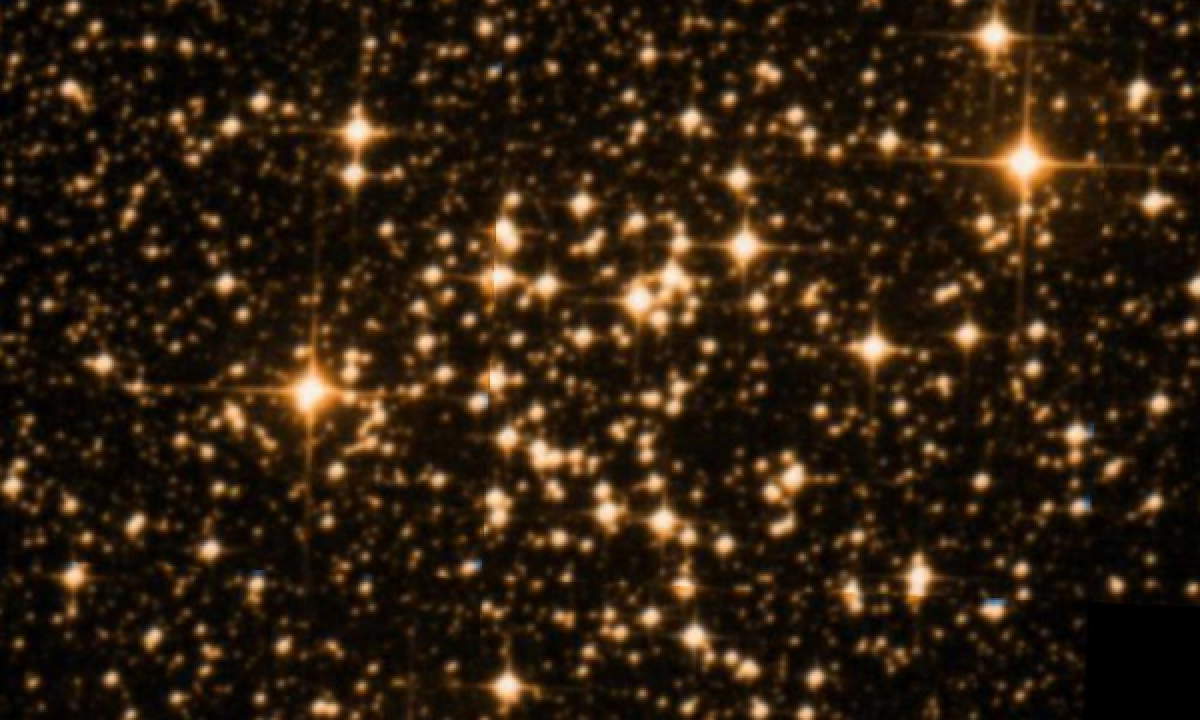The New General Catalogue of Nebulae and Clusters of Stars (abbreviated as NGC) is a catalogue of deep-sky objects compiled by John Louis Emil Dreyer in 1888. The NGC contains 7,840 objects, known as the NGC objects. It is one of the largest comprehensive catalogues, as it includes all types of deep space objects, including galaxies, star clusters, emission nebulae and absorption nebulae.
Know more about NGC
NGC 3766

NGC 3766 (also known as Caldwell 97) is an open star cluster in the southern constellation Centaurus. It is located in the vast star-forming region known as the Carina molecular cloud, and was discovered by Nicolas Louis de Lacaille during his astrometric survey in 1751–1752. At a distance of about 1745 pc, the cluster subtends a diameter of about 12 minutes of arc. There are 137 listed stars, but many are likely non-members, with only 36 having accurate photometric data. It has a total apparent magnitude of 5.3 and integrated spectral type of B1.7. NGC 3766 is relatively young, with an estimated age of log (7.160) or 14.4 million years, and is approaching us at 14.8 km/s. This cluster contains eleven Be stars, two red supergiants and four Ap stars. 36 examples of an unusual type of variable star were discovered in the cluster. These fast-rotating pulsating B-type stars vary by only a few hundredths of a magnitude with periods less than half a day. They are main sequence stars, hotter than δ Scuti variables and cooler than slowly pulsating B stars.
More Images:

Sources:
Wikipedia Page: NGC 3766
NGC 3766 at In-The-Sky website
